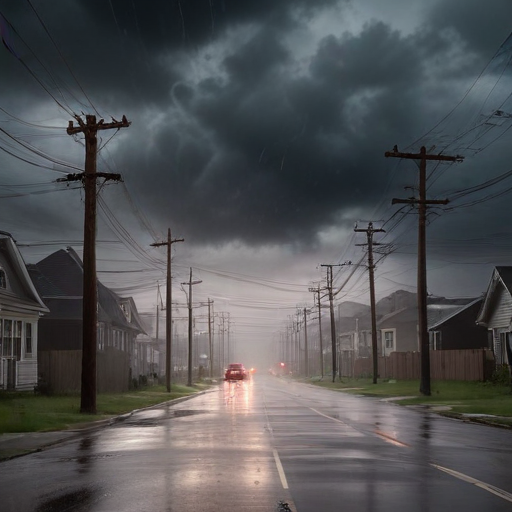Recent satellite imagery from NOAA’s GOES-18, also referred to as GOES West, has illuminated the severity of a significant weather phenomenon impacting northern California, the Pacific Northwest, and British Columbia from November 19 to November 20, 2024. This event features a formidable mid-latitude cyclone combined with an atmospheric river, bringing with it powerful winds, substantial rainfall, and heavy snowfall in mountainous areas.
The storm system, characterized by strong low-pressure formation approximately 300 miles off the coast of Washington, has unleashed hurricane-force winds, tragically resulting in at least two fatalities and leaving hundreds of thousands without electricity. The impacts have been destructive, causing extensive damage to trees and creating blizzard conditions in parts of the Cascade mountain range. This weather event has been labeled a “bomb cyclone,” indicative of a storm system whose pressure drops sharply, leading to rapid intensification.
The observation through the Advanced Baseline Imager aboard GOES-18 underscores the importance of satellite technology in monitoring such extreme weather patterns. GOES-18, operational since February 2019, delivers critical geostationary coverage across the Western Hemisphere, enhancing our understanding of atmospheric dynamics and improving forecast accuracy.
This intense storm serves as a stark reminder of the increasing volatility of weather systems attributed to climate change. On a hopeful note, the advancements in satellite technology and meteorological science empower communities to better prepare for and respond to such extreme weather events. By having access to timely and accurate weather data, emergency services and citizens can take precautionary measures, potentially mitigating the impacts of these severe storms in the future.
Summary: The GOES-18 satellite has captured imagery of a devastating mid-latitude cyclone and atmospheric river affecting parts of the western United States and Canada. The storm, known as a bomb cyclone, has led to fatalities, power outages, and severe weather conditions, emphasizing the need for robust monitoring systems to enhance preparedness for such extreme weather.
